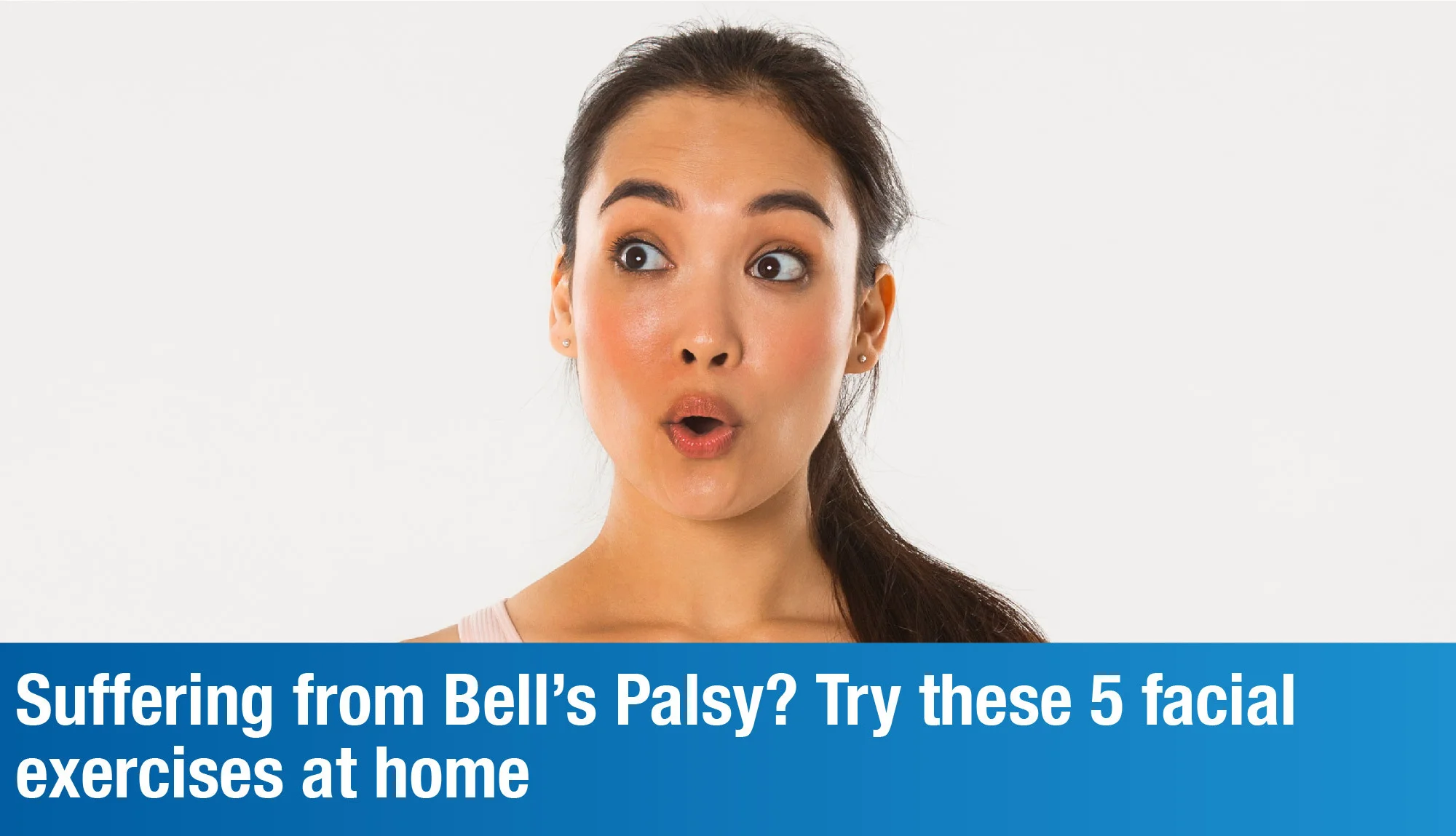
Imagine waking up one morning, unable to blink your eyes, speak, or even smile. Terrifying, isn’t it? Such might happen to individuals suffering from Bell’s Palsy — a condition that causes a temporary weakness or paralysis of the muscles in the face.
Named after Scottish surgeon Charles Bell, who was the first to describe the condition, Bell’s Palsy can occur when the nerve that regulates your facial muscles becomes inflamed, swollen, or compressed. Although it can happen at any age, it is the most common among people between the ages of 16 and 60.
Symptoms of Bell’s Palsy
Bell’s Palsy usually affects the nerves on one side of the face, resulting in the inability to open or close your eye on the affected side. However, in rare cases, it may affect both sides of your face. Some of the other common symptoms of Bell’s Palsy are:
- Facial numbness and weakness
- Headache, loss of taste, and eye irritation
- Dry eye and mouth
- Pain behind or in your ear
- High sensitivity to sound on the affected side
Facial Exercises for Bell’s Palsy
Facial exercises often play a vital role in the recovery of Bell’s Palsy, as they slowly recreate the brain-to-nerve-to-muscle routine and help to improve the ability to perform various facial movements.
Initially, the objective of these exercises is to regain the capability of carrying out voluntary movements while mentally focusing on the action. However, with continued practice, these movements eventually become automatic and natural. While the entire process is a bit slow, the exercises can be beneficial only when coupled with consultation from the best rehabilitation center in Bangalore.
So let’s take a look at some of the simple, safe exercises that you can do at home to speed up the recovery process:
Eyebrow exercises
- Try to raise both your eyebrows. Expect that one side will go up easily higher than the other one. However, do not just keep trying to force the affected side to move.
- Gently use your fingers to help move your muscles in the right direction, and try to stimulate as much up and down movement as you can.
Eye exercises
- Look down, close your affected eye, and use your fingers to stretch the eyebrow above it while you rub your eyelid. The goal of this exercise is to avert stiffness in your eyelid.
- Take note of the amount of movement you have in your eyelid. If you have trouble closing it, squinting may also help.
Nose and cheeks exercises
- Scrunch up your face to stimulate movements in the nose and cheeks. If you think that this region of the face does not require them, then read this: a stiffness or weakness here can affect the entire face, so it is crucial to perform such an exercise.
- Once again, try to use your fingers to help the affected side of your face mimic the movement of the unaffected side.
Nose exercises
- Try to inhale through your nose to flare up your nostrils, though it is unlikely to be an activity that you attempt frequently. If you are having any trouble with it, try various combinations of deep and slow, and strong and fast inhalations instead.
- Try to cover the unaffected nostril, which may cause the affected nostril to work harder. It is important to note that at no point in these exercises should you have any difficulty breathing.
Mouth exercises
- For the mouth, try to smile with your lips closed. Use your fingers to make sure that the two corners of your mouth stay in the same relative position on your face.
- Next, take your fingers away and try to hold your smile in position unaided for as long as you can. Then repeat this exercise as you lift each corner of your mouth individually.
The Road Ahead
For most people, Bell’s Palsy is temporary. The symptoms usually start to improve within a few weeks, with complete recovery in about six months, and only a small number of people continue to have some of the symptoms for life.
However, we advise that you head on to the best rehabilitation center in Bangalore for a thorough consultation and treatment.










